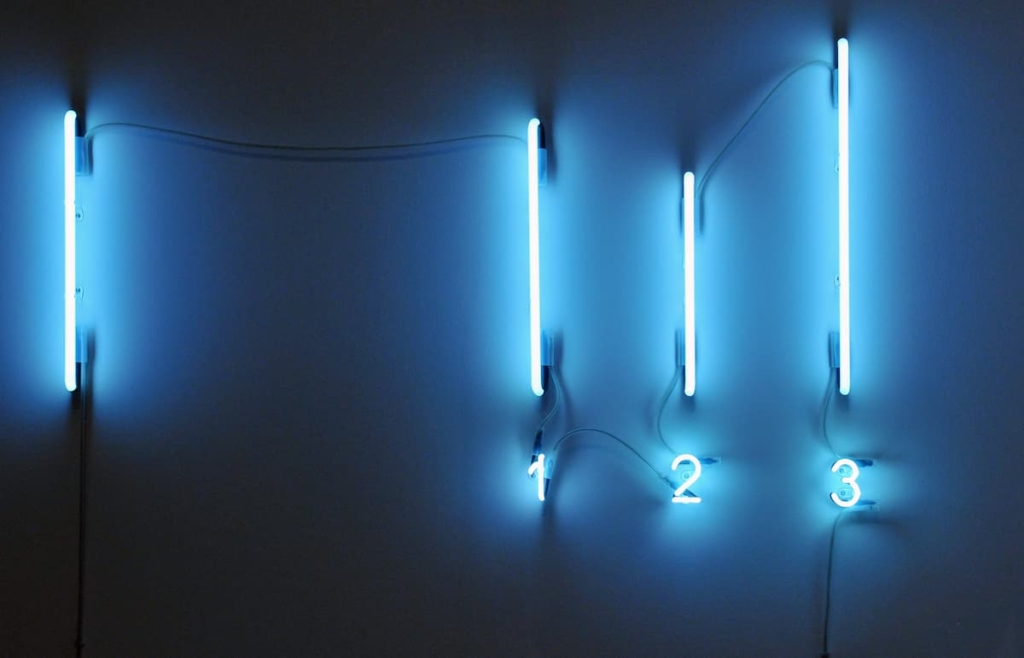Hiwa K: Highly Unlikely but not Impossible
Guide in Polish Sign LanguageSpeaking of travel, it is difficult to avoid the most current topic – refugees. Also available for hearing people.

”From my experience I know what it means to be an immigrant or a refugee. […] I have no relatives in Saint Petersburg any more. I hate the question: Are you going back home for Christmas? Because where’s that home?” – Anna Ermolaeva observed in 2015. An interview with the artist, a Russian dissident living in Vienna since 1989, became the starting point for the third issue of the Zachęta On-line Magazine devoted to various forms of travel.
The exhibition Good times, bad times (curator Chriistiane Erharter) presents a selection of Jermolaeva’s past and more recent works, infused with the perspective of an émigré at the same time. Another interesting perspective was added by the artist’s works critical of contemporary Russia, which showed her political engagement, despite almost 30 years of living abroad.
The political character of art (although from a completely different vantage point) also appears in our “journey into the past”. We go back to 1951 and revisit the propaganda Exhibition of Works of Soviet Artists, which was the first such comprehensive presentation of Soviet socialist realism in Poland. Iwona Luba writes about the exhibition’s ideological dimension and reception in the press of that period.
Speaking of travel, one can’t avoid the most topical (and equally political) problem of present-day refugees. Hiwa K showed it to us just a year ago in his poignant and spectacular exhibition Highly unlikely but not impossible (curator: Aneta Szyłak). It is revisited by Daniel Kotowski in a video guide accessible to deaf and hearing impaired visitors. A refugee from Kurdistan, Hiwa has found his new home in Berlin. Living in a multicultural society is – to a greater or lesser extent – also part of our everyday experience. In a series of works titled Alphabet Boards, Dorota Podlaska approached the subject in a characteristic graphic and painting form. Romani Alphabet Board was displayed in 2013 at the exhibition Houses as silver as tents prepared by Monika Weychert Waluszko. We recommend reading the texts from the book Romano Kher. About Roma Art, Aesthetics and Experience that accompanied the exhibition.
Łukasz Jastrubczak’s Need for Speed is our recommendation of a film show from the Zachęta collection. The record of the artist’s journey across America is also a journey across visual forms that have become pop-culture symbols clear to audiences worldwide. Today, when our personal peregrinations seem to be a “song of the future”, it is also worth reiterating our 2016 exhibition Travellers, with Magdalena Moskalewicz talking about the experience of travelling of the inhabitants of Central and Eastern Europe. From the broad archive of events accompanying this exhibition, we’ve chosen the recording of a meeting with Anna Wieczorkiewicz and Anna Horolets entitled Death of a Traveller. Is the distinction between travellers and tourists still valid in the 21st century? Take a listen.
